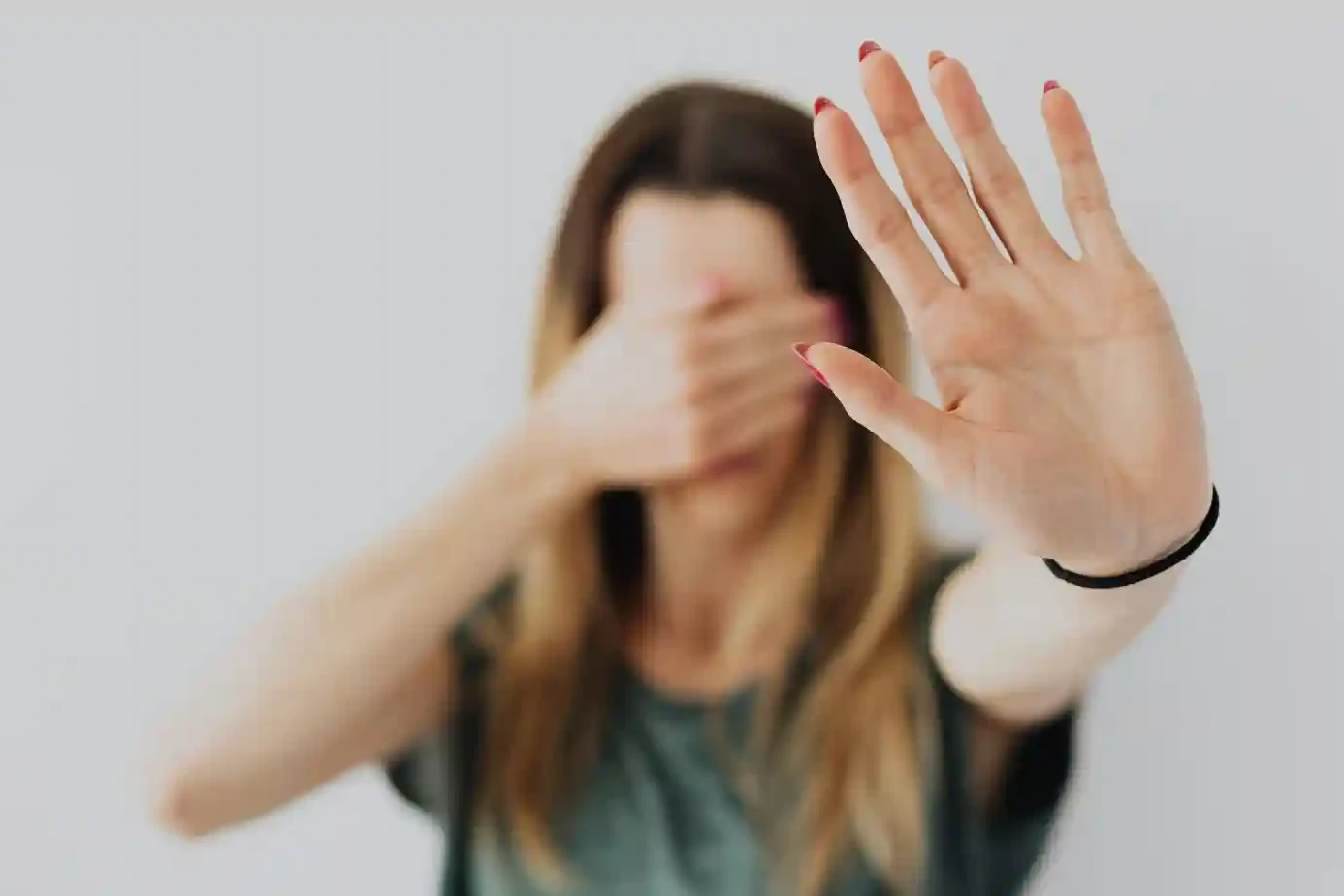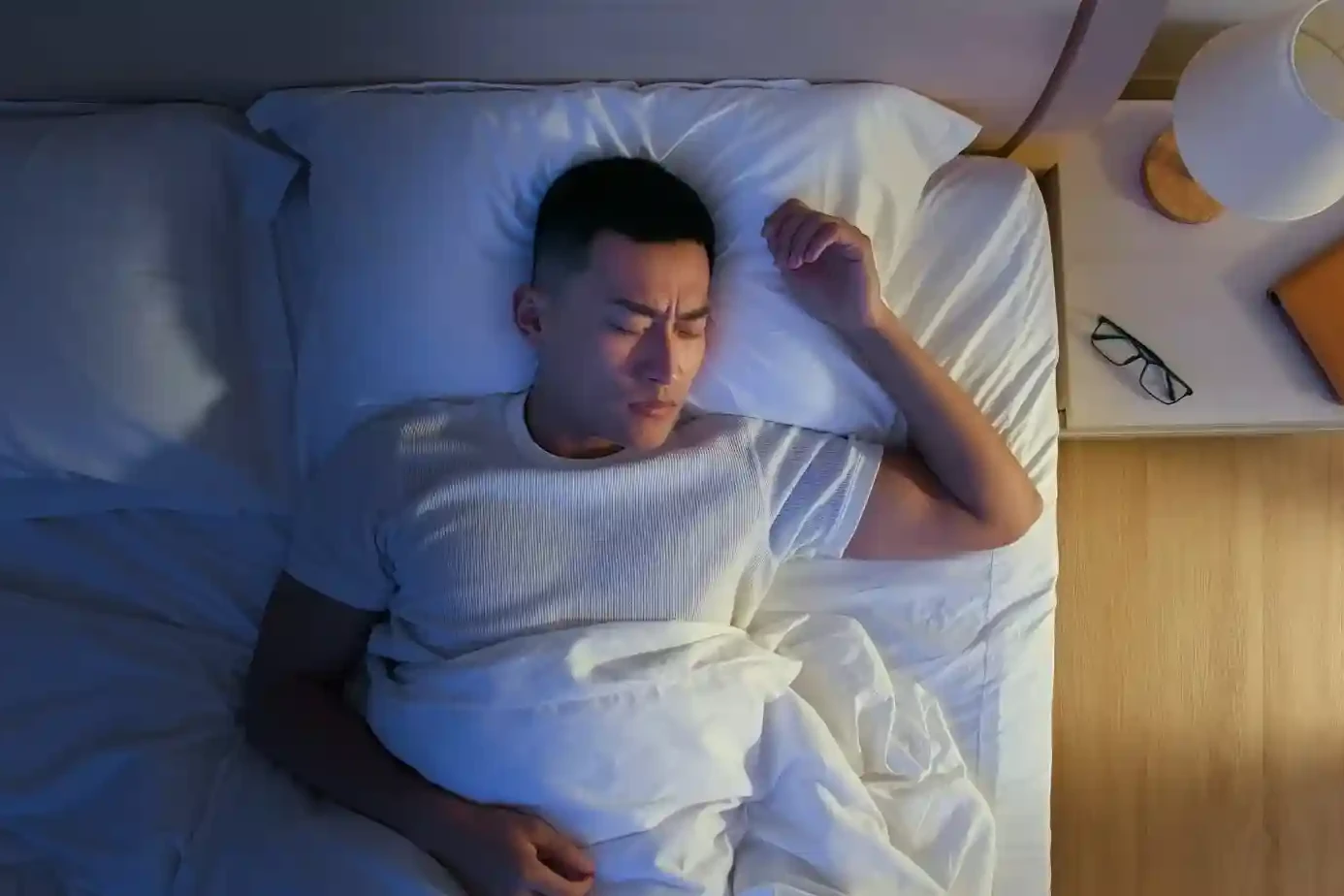Migraine self-care is more than just a quick fix. It is about building daily routines, using safe home remedies for migraines, and making sustainable lifestyle changes for migraines. Many people feel helpless during an attack, but the truth is that small steps taken every day can lower frequency, reduce intensity, and make treatment work better. This guide will show you how to bring relief at home while supporting long-term health.
Table of Contents
ToggleSpending Time Outdoors for Migraine Relief
Fresh outdoor air helps regulate mood and body rhythm. Sunlight in the morning improves melatonin and serotonin, which influence sleep and mood. Gentle walks in a park can lower stress hormones that trigger attacks.
Even 15 minutes of morning light can support a healthy sleep cycle, which is crucial for migraine prevention. If sunlight worsens symptoms, use a hat and sunglasses. Avoid midday glare, as bright light can increase photophobia. Natural sounds like birdsong also help calm the nervous system, reducing stress-driven headaches.
Keeping a Migraine Symptom Journal
A symptom journal or headache diary is one of the strongest tools in migraine management. By logging details about attacks, you can detect patterns that even doctors may miss. Record:
- Foods eaten before the attack
- Sleep duration and quality
- Emotional stress levels
- Weather changes
- Medication use and effectiveness
Over time, your notes may reveal that hunger, lack of sleep, or certain foods bring attacks. Doctors often rely on these diaries to fine-tune treatments. They also help track response to new therapies such as acupuncture or new prescription medications. Without a record, identifying migraine trigger management becomes much harder.
Staying Hydrated: Drinking Enough Water
Hydration and migraine relief are closely linked. The brain is sensitive to water loss, and even mild dehydration can spark pain. Instead of chugging large amounts at once, sip steadily throughout the day.
Keep a bottle nearby and flavor water with lemon slices or cucumber if plain water feels boring. Include water, herbal tea, and beverages with electrolytes during hot weather or exercise. Avoid excess soda and energy drinks. Remember, dehydration is often overlooked but is one of the easiest triggers to prevent.
Following a Consistent Meal Schedule
Skipping meals or going too long without food may lead to migraines. A steady meal schedule helps maintain blood sugar levels. Fluctuations in glucose can excite certain brain pathways that trigger migraine pain. Balanced meals with lean protein, whole grains, and vegetables keep energy stable.
Avoid long fasting unless supervised by a doctor. People who forget to eat during stressful workdays should set reminders. Foods rich in magnesium, such as spinach and pumpkin seeds, may also help prevent attacks. Consistency is key, your body prefers predictable eating times.
Avoiding or Limiting Alcohol and Caffeine
Alcohol is a common migraine trigger, especially red wine and beer. Caffeine works both ways, it can relieve a headache in small doses but worsen it if consumed too much. The trick is moderation. If caffeine withdrawal triggers headaches, taper down slowly instead of quitting suddenly.
For some, one cup of coffee a day is safe, while others react even to small amounts. Alcohol and caffeine are certain foods or drinks that should be tracked carefully in your journal. Every person’s threshold is different, so testing your tolerance is important.
Getting Enough Sleep to Prevent Migraines
Sleep is often underestimated, but it directly influences brain stability. Both too little or too much sleep can lead to headaches. A healthy sleep schedule involves going to bed and waking up at the same time daily, even on weekends.
Avoid scrolling on screens before bed, since blue light reduces melatonin. A dark, quiet, and cool room makes falling asleep easier. If sleep deprivation is a frequent problem, build a bedtime routine, such as dimming lights, light stretching, or reading. Protecting sleep is one of the strongest migraine self-care steps.
Acupuncture and Alternative Migraine Remedies
Acupuncture is increasingly studied for migraine prevention. It may help regulate neurotransmitters and improve blood circulation in the head and neck. Some people notice fewer attacks after several sessions.
Other alternative therapies include biofeedback, where you learn to control muscle and stress responses, and supplements like magnesium and riboflavin. Always consult a doctor before trying alternatives, especially if you are already on prescription medications. These approaches may not replace traditional care but can complement it.
Reducing Screen Time and Eye Strain
Excessive screen time strains the eyes and worsens photophobia. Staring at bright or flickering screens for long periods can trigger an attack. Adjusting brightness, enlarging text size, and using blue-light filters can reduce strain. Take a 20-second break every 20 minutes by looking at something 20 feet away.
Overexposure to screens at night disrupts sleep and increases migraine risk. Managing screen exposure is especially important for students and office workers who spend long hours on computers.
Avoiding Bright Lights and Loud Noise
Bright lights and loud noise are two of the most well-known migraine triggers. During attacks, they can make symptoms unbearable. Avoid high-beam headlights, fluorescent bulbs, or sudden flashing lights. If your workplace uses harsh lighting, consider tinted glasses.
Noise-canceling headphones can help in loud settings. At home, prepare a quiet, dark recovery spot with curtains, soft lighting, and blankets. This “safe zone” helps reduce pain during attacks and provides comfort until medications take effect.
Physical Activity and Exercise for Migraine Prevention
Moderate physical activity lowers stress, boosts blood flow, and regulates hormones. Aerobic exercise like brisk walking, cycling, or swimming helps the brain release endorphins, natural painkillers. Gentle yoga for migraine prevention adds flexibility and eases stress.
Work with a physical therapist if neck or shoulder tension is a problem, since posture-related muscle tension often contributes to headaches. Start with short, low-intensity workouts to avoid overexertion, which can also trigger migraines. Aim for at least 30 minutes of moderate exercise three times a week.
Hot or Cold Therapy for Migraine Pain Relief
Both heat and cold can provide comfort. A cold compress for migraine pain numbs nerves and reduces inflammation. Apply an ice pack wrapped in cloth to the forehead or back of the neck.
On the other hand, a hot shower or heating pad relaxes tight muscles, easing muscle tension that fuels pain. Some people alternate between heat and cold for best results. Always test what works for you, since responses differ. These home remedies for migraine are low-cost and effective for many.
Deep Breathing and Relaxation Techniques
Stress is one of the strongest migraine triggers. Learning to control breathing can calm the nervous system. Deep breathing and box breathing slow the heart rate and relax tight muscles. Relaxation techniques for migraine also include progressive muscle relaxation, where you tighten and release each muscle group.
Guided audio sessions can help beginners. Mindfulness meditation for headaches teaches the brain to respond differently to pain signals. Even 10 minutes a day can improve quality of life and reduce attack frequency.
Avoiding Dietary Triggers of Migraines
Food triggers vary widely. Common culprits include processed meats with nitrates, aspartame (artificial sweetener), aged cheeses, and certain citrus fruits. Chocolate, soy sauce, and MSG are also reported by many. These foods may not affect everyone, which is why a diary is important.
To test, remove one suspect food for several weeks and monitor changes. Do not restrict too many foods at once without guidance, as it may cause nutritional gaps. A balanced diet reduces risk and supports overall health.
Prioritizing Your Energy and Managing Stress
Chronic stress drains energy and makes migraines harder to control. Break large tasks into smaller steps. Allow short rest breaks during the day to avoid chronic fatigue syndrome-like exhaustion. Gentle stretching eases muscle tension after long hours at a desk.
Stress hormones increase nerve sensitivity, so stress management is preventive care. Try calming hobbies, time in nature, or talking to supportive friends. Practicing stress relief is not optional, it is a major pillar of lifestyle changes for migraines.
Taking Medications as Directed for Migraine Control
For some people, self-care is not enough. Over-the-counter (OTC) medications like ibuprofen or acetaminophen may stop mild attacks, but frequent use risks rebound headaches.
Prescription medications such as triptans, CGRP blockers, or preventive drugs may be needed for chronic cases. Always follow your doctor’s directions carefully. Keep a list of medications in your symptom journal. Never adjust doses on your own. Safe medication use is just as important as non-drug self-care.
The Bottom Line
Migraine self-care is not about one quick fix. It is about consistent daily actions that make the brain less vulnerable. From hydration and steady meals to sleep, breathing, and exercise, each habit adds a layer of protection.
Relief also comes from recognizing and avoiding personal triggers, using home remedies for migraines, and working with your doctor on safe treatments. Reliable resources like the American Migraine Foundation can guide you further. Healing is possible when medical care and self-care work together.
FAQs
What is the best home remedy for migraine?
The best home remedies for migraine include resting in a dark room, applying a cold compress, drinking water, and practicing deep breathing until relief comes.
How do you treat migraines in children?
Treating migraines in children focuses on sleep, hydration, balanced meals, and stress control. Pediatricians may suggest lifestyle adjustments before considering medicines.
How do you treat migraines while pregnant?
During pregnancy, treatment relies on safe home remedies for migraines such as hydration, rest, cold compresses, and relaxation, with medication only under medical supervision.
What vitamin deficiency causes migraines?
A vitamin D deficiency has been linked with migraine risk in several studies. Magnesium deficiency is also common. Blood tests confirm deficiencies before supplements are considered.
What is the fastest cure for migraines?
There is no instant cure, but taking rescue medication early, resting in a dark room, and applying a cold compress usually provide the quickest relief.
How to prevent migraines?
Prevention includes a healthy sleep schedule, steady meals, hydration, stress management, exercise, and avoiding personal food triggers. A symptom journal helps identify and manage triggers effectively.
Can dehydration cause migraines?
Yes. Dehydration disrupts electrolyte balance and blood flow, leading to migraines. Drinking enough water and beverages like herbal tea or electrolytes is one of the simplest prevention methods.
About The Author

Dr Chandril Chugh
This article is medically reviewed by Dr Chandril Chugh, he is committed & compassionate Board-Certified Neurologist, providing expert insights and reliable health information. with a Holistic Approach to Healing.
→ Book a consultation to discover which remedies suit your needs best.
About Author | Instagram | YouTube | Linkedin




